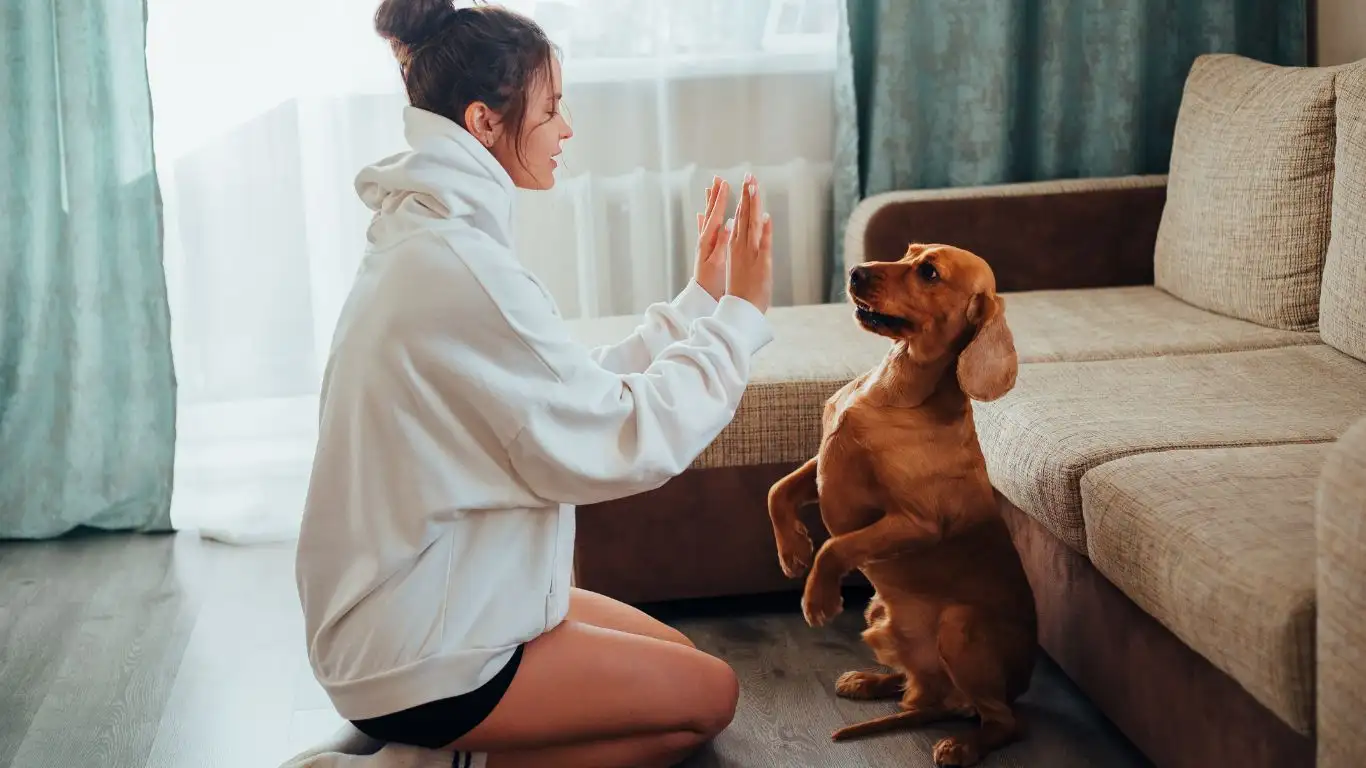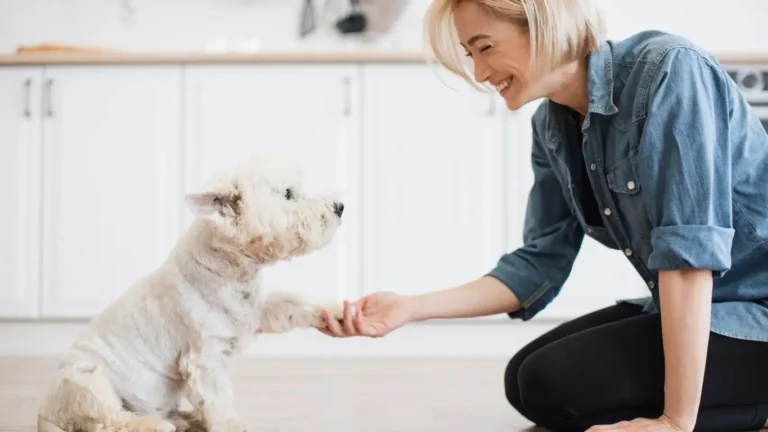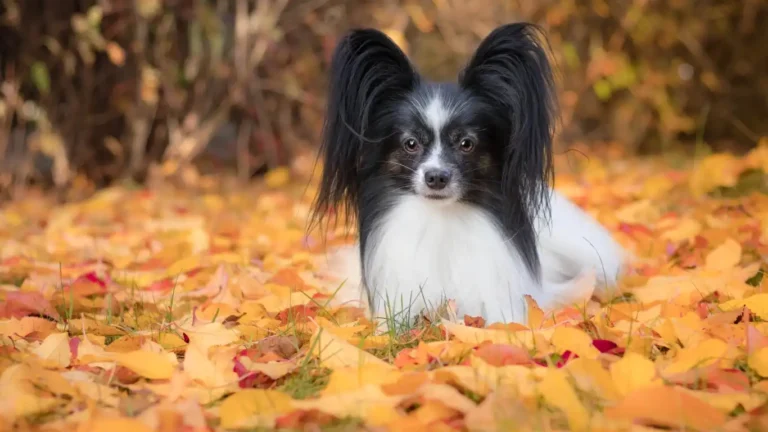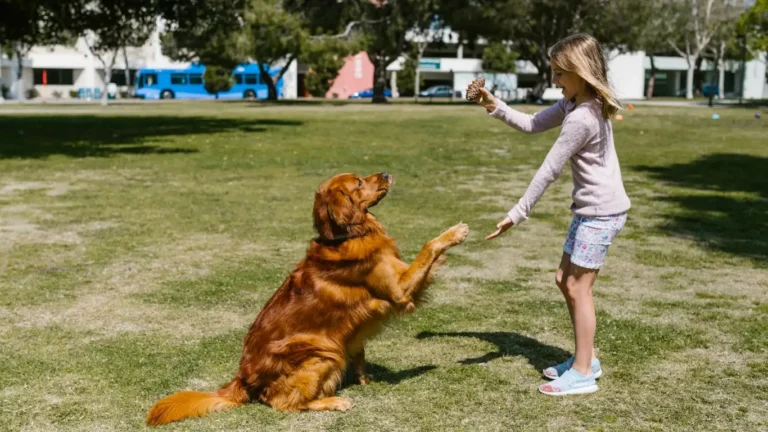How to Train Your Dog to Walk Calmly Past Other Dogs: Expert Tips
Training a dog to walk calmly past other dogs can be a challenging yet incredibly rewarding experience. As a Canine-Assisted Therapy Trainer, I’ve seen firsthand how difficult it can be when a dog is overly excited or anxious in the presence of other dogs. Whether you’re working with a puppy who has yet to learn proper walking manners, or an older dog with some ingrained habits, the process requires patience, consistency, and understanding. In this post, I’ll walk you through my step-by-step approach to training your dog to remain calm when walking past other dogs—an essential skill for both urban and rural environments.
Understanding the Root Cause of the Behavior

Before you can address the behavior, it’s important to understand why your dog is reacting in the first place. Dogs may exhibit excitement, fear, or even aggression when they encounter other dogs while walking. Understanding the cause of this behavior can help you tailor your approach to training effectively. In my experience, there are a few main reasons why dogs act out during walks:
- Overstimulation: Some dogs get so excited when they see another dog that they can’t focus on anything else.
- Fear or anxiety: If a dog has had negative experiences with other dogs in the past, they may react out of fear, either by barking, lunging, or pulling away.
- Territorial behavior: Some dogs feel they need to defend their space when other dogs approach.
Once you identify the reason for your dog’s behavior, you can begin to address it directly. For instance, if your dog is fearful, they may benefit from desensitization and counter-conditioning exercises. If they’re just overly excited, teaching them calmness and impulse control will be key.
Start with Basic Obedience Training

Before diving into more specific exercises for walking past other dogs, it’s crucial that your dog has a solid foundation in basic obedience commands. Commands like “sit,” “stay,” “heel,” and “look at me” are all essential tools that can help you maintain control in any situation.
Here’s why these basic skills are so important:
- Focus: Commands like “look at me” can help redirect your dog’s attention away from distractions (like other dogs).
- Impulse control: Teaching your dog to “sit” or “stay” can help them resist the urge to act out when a new dog is in sight.
- Bonding: Establishing clear communication helps build trust and respect between you and your dog, making more advanced training easier.
It might take time, especially if you’re working with a dog that has developed certain habits, but with patience and consistency, your dog will get the hang of basic obedience. Once your dog is comfortable with these commands, you can move on to more specific training to handle walking past other dogs.
How to Train a Dog to Walk Calmly Past Other Dogs
Now comes the fun part! Training your dog to walk calmly past other dogs requires practice and a calm environment. This step-by-step process has worked wonders for my clients, and I’m confident it will help you too.
- Step 1: Desensitize to the Presence of Other Dogs
Start by exposing your dog to the presence of other dogs in a controlled, calm environment. This could mean walking near a fenced-in yard where other dogs are visible but not reachable. The goal here is to help your dog become accustomed to the sight and presence of other dogs without reacting. Keep a safe distance so your dog doesn’t feel overwhelmed, and reward them for calm behavior. - Step 2: Use Positive Reinforcement
During walks, reward your dog for staying calm when they see another dog. Keep treats or their favorite toy handy and use positive reinforcement to reward calm behavior. If they remain quiet and walk past another dog without pulling or lunging, give them a treat. The key is to be consistent with rewarding calm behavior and avoiding reinforcement for unwanted reactions like barking or lunging. - Step 3: Gradually Decrease Distance
As your dog gets better at walking past other dogs at a distance, gradually decrease the space between your dog and the other dog. Keep the situation positive, and don’t force your dog to get too close too soon. If your dog starts to react, it’s a sign that they’re still not ready for that level of proximity, so give them a bit more space before trying again.
Common Mistakes to Avoid
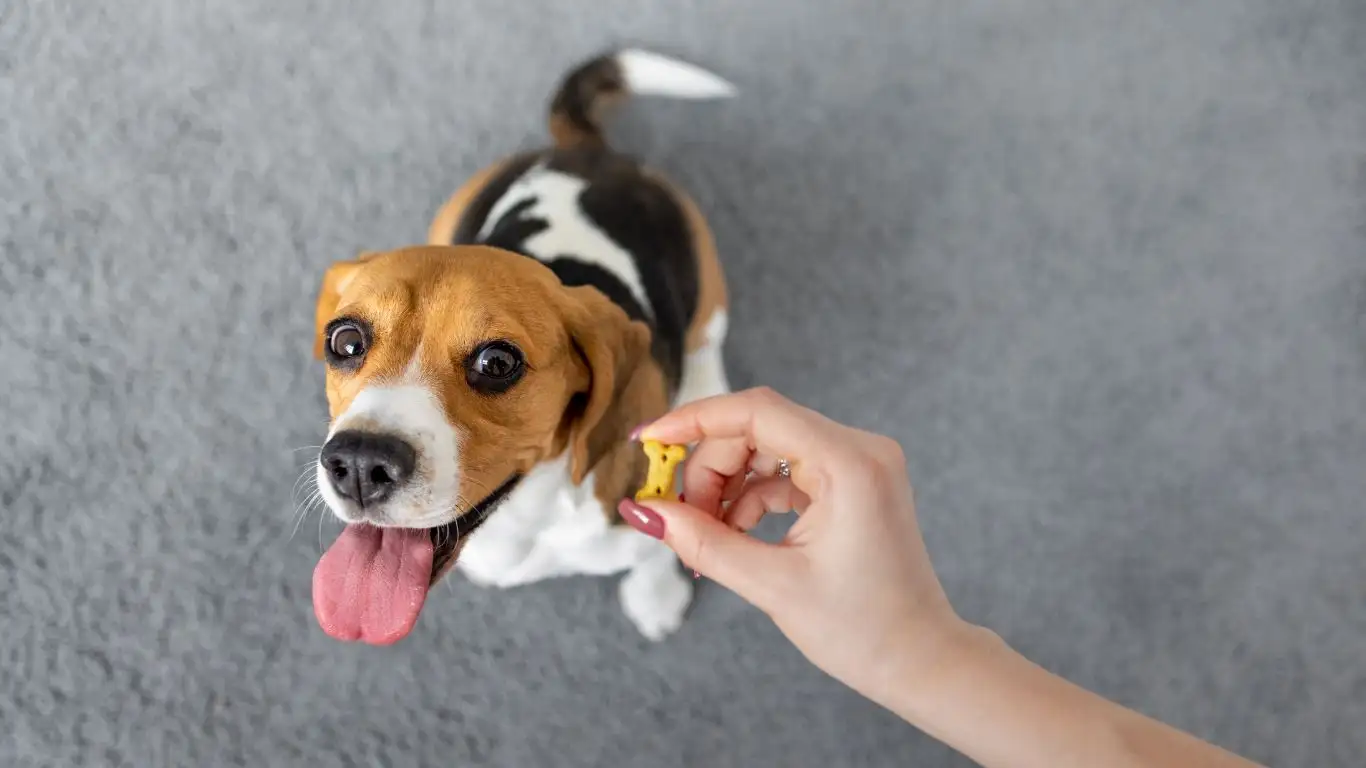
Training your dog to walk calmly past other dogs is not always a linear process, and there are a few common mistakes I’ve seen people make when training their dogs. Avoiding these can save you time and frustration:
- Too much too soon: It’s tempting to push your dog too hard or too quickly, but remember that training is a gradual process. Be patient and allow your dog to adjust at their own pace.
- Inconsistent rewards: If you’re not consistently rewarding calm behavior, your dog may become confused and less likely to repeat the desired behavior.
- Not managing your dog’s environment: If your dog is constantly exposed to overwhelming stimuli, like other dogs at every turn, it will be much harder to train them effectively. Try to choose quiet, controlled environments for your training sessions.
By avoiding these common pitfalls and staying consistent, your dog will gradually learn to remain calm during walks and be less reactive when passing other dogs.
Increasing the Difficulty: Real-World Training Situations
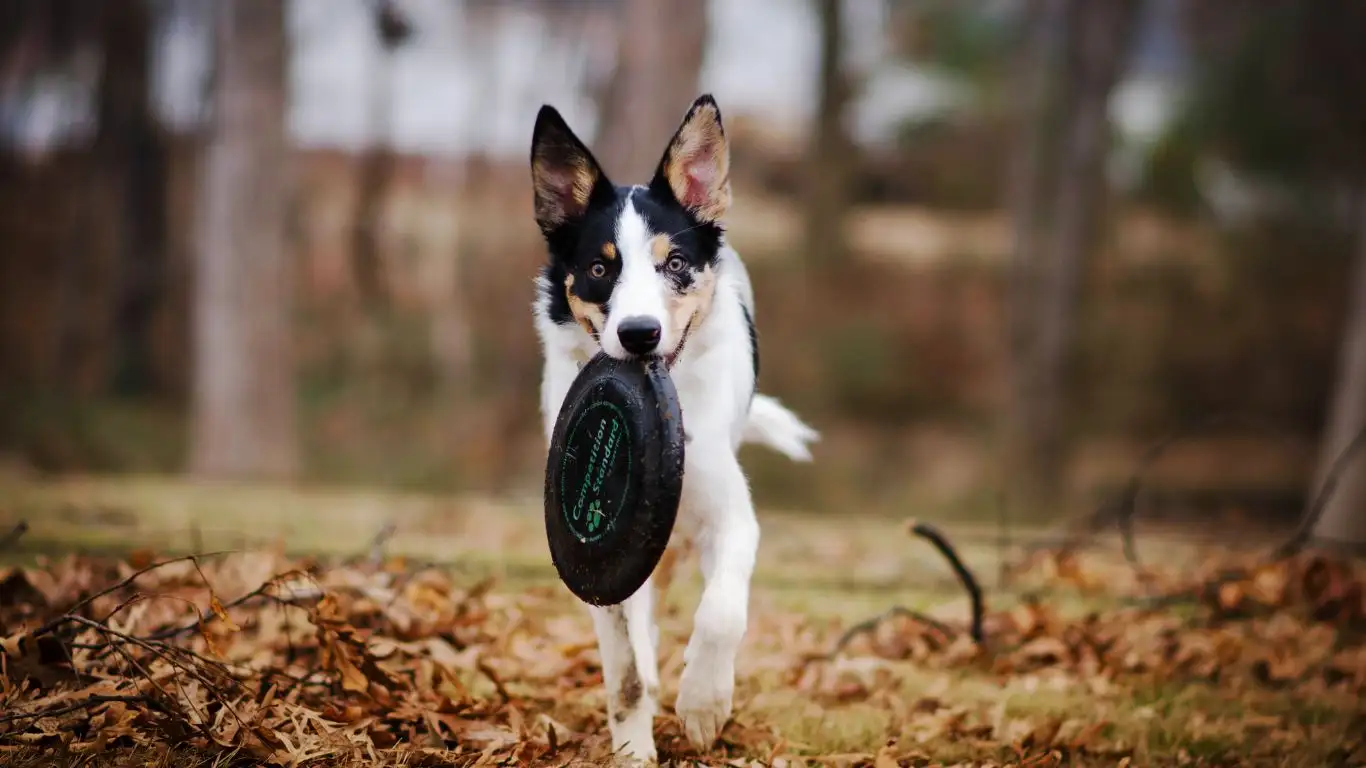
Now that you’ve established a solid foundation for walking past other dogs in a controlled environment, it’s time to introduce more challenging situations. Real-world training is crucial for reinforcing what your dog has learned in less distracting settings. This is where many owners face hurdles, but with a little preparation and patience, your dog will adapt to the increased complexity of these situations.
In my experience as a Canine-Assisted Therapy Trainer, I’ve learned that this phase can be both exciting and frustrating. Some dogs take to it quickly, while others may need a bit more time to adjust. But don’t worry—this is totally normal. Let’s dive into how you can level up your dog’s training and set them up for success.
Practice in Low-Distraction Environments
The first step to increasing the difficulty is to practice in environments that have a bit more stimulus than your backyard, but are still low-key compared to busy streets or parks. Think quiet sidewalks, trails, or even a park with just a few people and dogs around. The goal here is to get your dog used to walking past other dogs in a real-world setting, but without overwhelming them with too many distractions.
- Start with distance: Begin by walking your dog at a safe distance from another dog. Allow them to observe the other dog while maintaining a calm and controlled distance. Use your “look at me” command if your dog starts to get distracted or overly focused on the other dog.
- Gradually decrease the distance: As your dog becomes more comfortable, you can slowly close the gap between your dog and the other dog. Be mindful of your dog’s body language—if they start showing signs of stress, take a step back and increase the distance again.
- Reinforce calmness: Continue to reward your dog with treats or praise when they remain calm as you walk past another dog. If they react negatively (barking, lunging), redirect their attention with a command like “heel” or “leave it,” and give them a treat once they settle.
This phase helps your dog generalize their calm behavior across different environments, making them less likely to react when encountering other dogs in unpredictable settings.
Utilizing Distractions: Building Mental Stamina

As you move forward, it’s essential to introduce more distractions to ensure that your dog can maintain focus regardless of the environment. We’re talking about things like passing by other dogs on a leash, encountering people jogging by, or walking past a group of people with dogs. These distractions challenge your dog to stay calm and composed even when the world around them is a little chaotic.
Let me share a bit from my own experience. One of my therapy dog clients, a lovely Labrador named Max, used to get so excited seeing other dogs that he’d start pulling on the leash and pulling his owner’s arm. It was obvious that the distractions were a big part of the issue. We worked through it slowly, and I’d increase the distractions bit by bit. First, we’d walk past a dog that was sitting calmly, then a dog walking with its owner, and finally, dogs that were playing in a dog park. Max learned to associate all of these scenarios with positive rewards for good behavior.
When building mental stamina for distractions, try these tips:
- Keep training sessions short and sweet: Overwhelming your dog with long, intense training sessions can lead to frustration and burnout. Keep things positive by training in short bursts of 10 to 15 minutes.
- Incorporate positive interruptions: When your dog is walking calmly but distracted, try using a quick “touch” or “sit” command to help them refocus their attention on you.
- Use high-value rewards: During these higher-distraction training sessions, use treats or rewards that are especially exciting to your dog. This could mean using their favorite treats or a toy that really motivates them.
Leash Techniques to Maintain Control

Leash control is a vital skill when training your dog to walk calmly past other dogs. The way you handle the leash can either help or hinder your progress. A tight leash can communicate tension to your dog, which can make them more likely to react to the other dog. On the other hand, a loose leash tells your dog that everything is calm, which will encourage them to stay relaxed as well.
One trick I use with my clients is teaching them how to use the leash as a communication tool, rather than a way to control their dog physically. For example, if your dog pulls ahead or starts lunging, gently but firmly correct their behavior by using the leash to guide them back into position. This gentle correction is far more effective than pulling harshly on the leash, which can cause stress for both you and your dog.
- Loose leash walking: Teach your dog to walk with a loose leash at all times. This technique ensures that your dog is focused on you and not the other dog. If the leash becomes tight, stop walking until the leash relaxes, and reward your dog for staying in position.
- Redirection: If your dog gets too focused on the other dog, gently redirect them by asking for a “sit” or “look at me” command. Once they focus back on you, reward them.
- Consistent pressure: Use the leash to guide your dog when they’re veering off course or pulling. Consistency in pressure (not jerking) will help your dog learn to walk calmly beside you.
Leash techniques not only help maintain control during walks, but they also reinforce the trust and bond you’re building with your dog. The more relaxed you are, the more relaxed your dog will be.
Maintaining Consistency in the Long Run
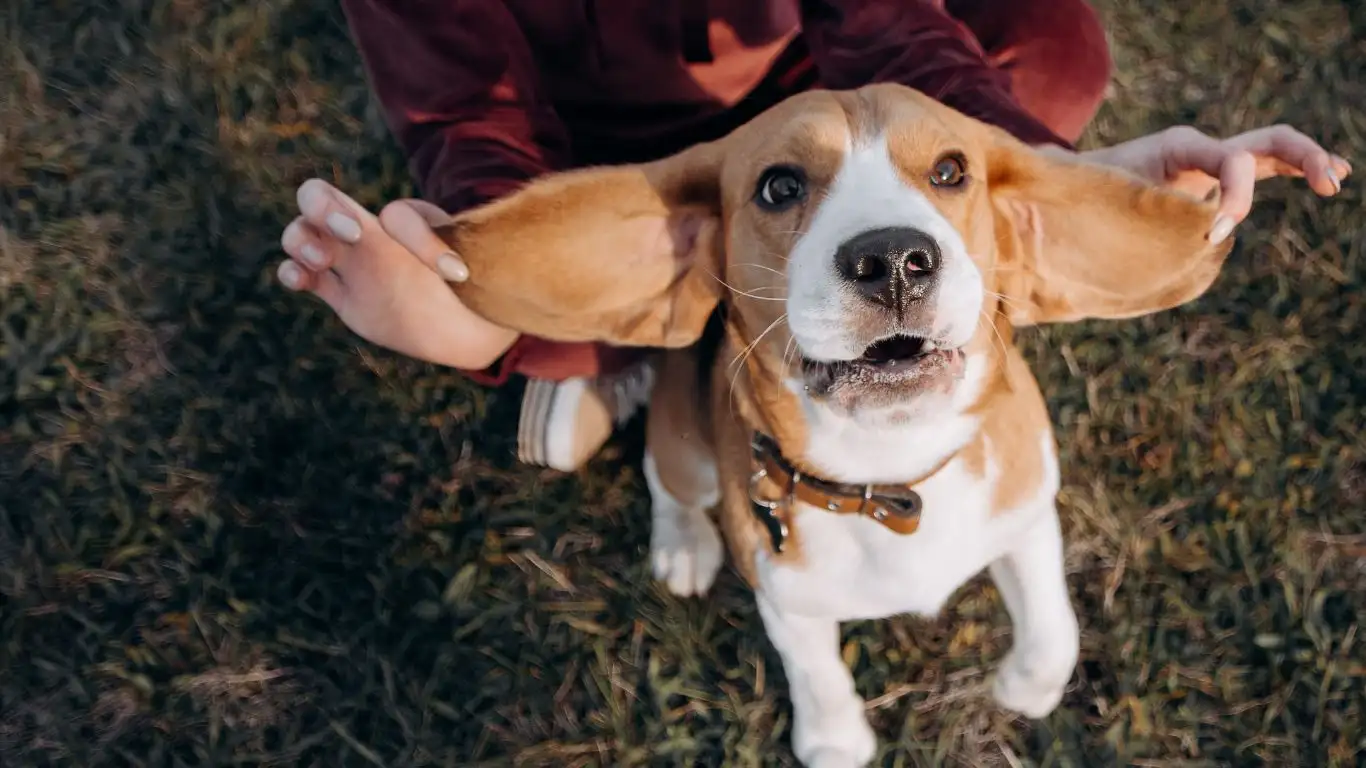
Once you’ve seen progress and your dog is walking calmly past other dogs in various settings, it’s easy to assume the hard part is over. But maintaining that calm behavior in the long term requires consistency. Training is not a one-and-done deal; it’s an ongoing process that needs to be reinforced regularly to prevent old habits from creeping back in. In fact, one of the biggest mistakes I see pet owners make is thinking their dog is “done” after a few good walks. Just like us, dogs need consistent practice to keep their skills sharp.
Here are a few tips to help you maintain consistency and reinforce good walking habits in the long term:
- Frequent short training sessions: Incorporate short training sessions into your daily walks. Even a 5-minute session of walking calmly past a dog or two will remind your dog of what they’ve learned and reinforce positive behavior.
- Don’t take progress for granted: Just because your dog is doing great doesn’t mean they won’t slip up from time to time. Continue practicing in different environments and with varying distractions to ensure your dog’s behavior stays solid.
- Keep things fun and positive: Avoid making training feel like a chore for both you and your dog. Mix in fun rewards, new environments, and exciting challenges to keep the process enjoyable.
Consistency doesn’t mean being rigid; it’s about staying committed and finding ways to make training a positive, ongoing experience for both you and your dog.
Understanding the Role of Positive Reinforcement

If you’ve been following this training process closely, you’ve probably noticed that positive reinforcement plays a huge role in shaping your dog’s behavior. In fact, rewarding your dog for calm behavior is one of the most effective ways to reinforce the desired walking habits. I always tell my clients: “You catch more flies with honey than with vinegar.” This couldn’t be truer when it comes to dog training.
Positive reinforcement involves rewarding your dog when they perform the behavior you want to see more of. This can be done with treats, praise, or toys—whatever motivates your dog the most. In my own training sessions, I’ve had great success using a combination of treats and verbal praise. For example, when a dog walks past another dog without reacting, I’ll offer a small treat along with enthusiastic praise like, “Good job, buddy!”
Here’s why positive reinforcement works so well:
- It builds a stronger bond: Consistently rewarding your dog for good behavior strengthens the trust and relationship you share. They begin to understand that following your lead leads to positive outcomes.
- It encourages repetition: The more often your dog gets rewarded for walking calmly, the more likely they are to repeat the behavior in the future. Over time, they learn that staying calm near other dogs results in good things.
- It creates a positive association: Positive reinforcement helps your dog associate calm walking behavior with something pleasant, making it more likely that they’ll continue the behavior in future walks.
It’s important to remember that the timing of the reward is key. Make sure to reward your dog immediately after the desired behavior occurs so they can connect the reward with the action.
Understanding the Power of Patience and Persistence
Training your dog to walk calmly past other dogs is not a quick fix. It takes time, patience, and persistence to make lasting changes in your dog’s behavior. In my experience, this is one of the most important lessons I can share with dog owners: progress is often slow, but it’s always worth it.
I’ve had clients who were frustrated after a few sessions, worried that their dog wasn’t improving fast enough. But what they didn’t realize is that behavioral change in dogs, especially when it comes to reactivity towards other dogs, is a gradual process. Every time your dog walks calmly past another dog, it’s a success. The key is to celebrate those small wins and stay patient.
- Embrace setbacks: If your dog reverts to old behaviors or shows signs of stress, don’t get discouraged. Setbacks are normal, and they provide an opportunity to adjust your training approach.
- Keep a positive mindset: Dogs are sensitive to their owners’ emotions. If you’re frustrated or tense, your dog will pick up on that. Stay calm, be patient, and your dog will follow your lead.
- Celebrate progress: Even small steps forward count. If your dog manages to stay calm for just a few extra seconds, that’s a win! Acknowledge it, reward it, and keep pushing forward.
By staying patient and persistent, you’ll not only teach your dog to walk calmly past other dogs but also build a stronger, more trusting bond between you two. The end result is worth every bit of time and effort.
References
For further reading on dog training and behavior, check out these trusted resources:
Disclaimer
The information provided in this article is for general educational purposes only. While I have used my professional experience as a Canine-Assisted Therapy Trainer to provide insights, every dog is unique. If you’re facing specific behavioral issues or concerns, it’s always a good idea to consult a professional dog trainer or behaviorist who can provide tailored guidance based on your dog’s individual needs. Always ensure that training methods are safe and appropriate for your dog’s breed, age, and temperament.
